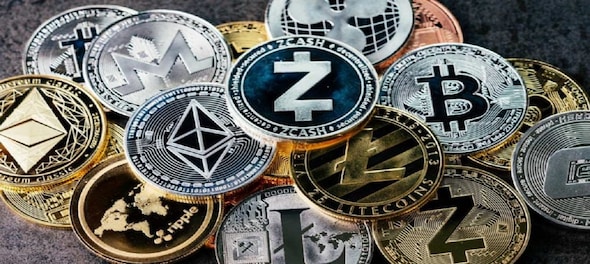
Cryptocurrencies and decentralised finance (DeFi) are relatively less explored as compared to traditional financial services. This results in lower investor confidence which ultimately leads to greater price volatility. In order to add stability to crypto price fluctuations, token issuers use buybacks and coin burns to tweak the supply-demand dynamics.
Removing an asset from circulation to adjust availability and value is not a new concept. For example, publicly-traded companies buy back their stocks to reduce the supply of shares available for trading. This generally increases the value of the stock and even prevents a hostile takeover – where a competitor or any other entity buys enough shares from the open market to obtain a majority stake and thus ownership of the company.
Similarly, the token issuer buys back a specific value worth of tokens from the open market, which then get stored in the issuer’s wallet.
What is crypto burning?
Crypto burning occurs when tokens are delivered to an unusable wallet address (known as a zero address or eater address) to remove them for circulation. The address of the burn wallet is available to no one, and once crypto enters this wallet, it is lost forever. Anyone holding cryptocurrency can burn it, but it is equivalent to burning money if an investor does so. Burning achieves the same objective as a buyback - reducing the supply of token in circulation and artificially boosting its demand. However, it does not necessarily increase the price of the token.
Coin Burning:
Miners are allowed to burn cryptocurrency through a proof-of-burn (PoB) consensus mechanism. A consensus mechanism involves several nodes (computers on the network) coming together to agree on the validity of a transaction. Every transaction is vetted through such mutual agreements or ‘consensus.’
When miners burn crypto tokens, validation rights on the network are granted based on the proportion of tokens left in circulation. This means that the number of miners will commensurately decrease, and so will the consumption of resources on the blockchain.
However, this brings us to an obvious problem. When the number of miners (or nodes) on a network reduces, centralisation increases as the computing power is distributed over a smaller user base. Also, since miners have access to large mining farms, they also have large amounts of cryptocurrency at their disposal to burn. Should they do that, prices and supply will wildly fluctuate.
In order to tackle this, a ‘decay rate’ is used to periodically maintain a miner’s net capacity to authenticate transactions. PoB, just like the proof-of-stake consensus mechanism, compels miners to pledge their cryptocurrency to the blockchain network. In fact, the PoB system goes a step further and does not return the pledged coins to the miners. This discourages miners from frequently burning coins for the mining of which they have dedicated significant resources.
Buyback-and-Burn:
Buybacks and burns, as explained above, increases the value of a token by limiting its supply in the market. Of the two, only buyback achieves this result while burning impacts currency and capital assets. Thus, token issuers use a combination of both called ‘buyback-and-burn.’
Unlike traditional stock buybacks, the crypto buyback-and-burn process is coded into smart contracts and is therefore executed automatically. With stocks, equity investors do not know whether the repurchased stocks will come back into market circulation or not. However, the smart contract system in the crypto buyback-and-burn process guarantees investors that the currency being sucked out will never re-enter the system.
This is most likely to become a standard for digital assets in the future as their deflationary nature is what causes appreciation their value. A decreasing supply over time achieves four purposes:
Since this process can neither be tampered with nor be reversed, it eliminates any cause for doubt on the investors’ and issuers’ sides. It contributes to value-addition over the long-term as well as steady growth.
(Edited by : Priyanka Deshpande)
First Published: Mar 24, 2022 3:13 PM IST
Check out our in-depth Market Coverage, Business News & get real-time Stock Market Updates on CNBC-TV18. Also, Watch our channels CNBC-TV18, CNBC Awaaz and CNBC Bajar Live on-the-go!


Supreme Court says it may consider interim bail for Arvind Kejriwal due to ongoing Lok Sabha polls
May 3, 2024 4:57 PM
10% discount on fare on Mumbai Metro lines 2 and 7A on May 20
May 3, 2024 2:40 PM

